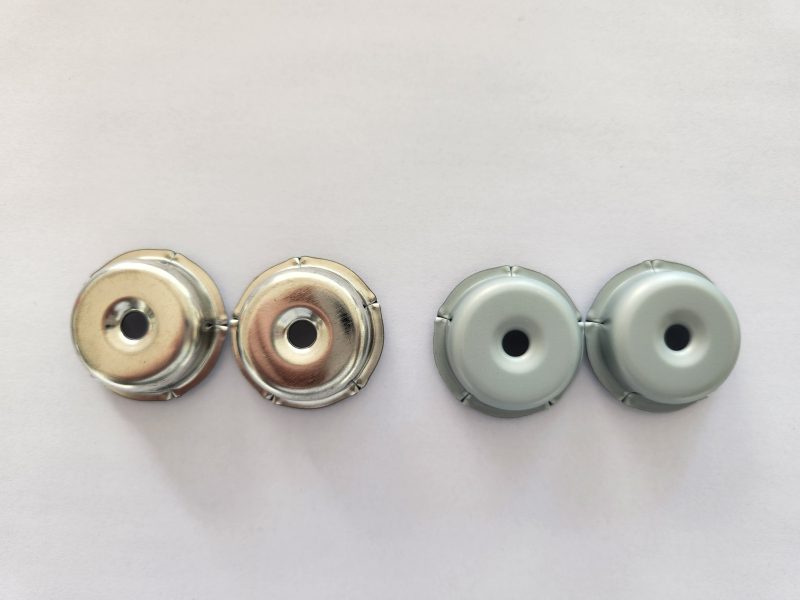
Essential Tips for Selecting Paint Bucket Gaskets Based on Temperature Compatibility
Choosing the right gasket for paint buckets or industrial containers requires careful consideration of temperature ranges, as extreme heat or cold can compromise sealing performance, material integrity, and safety. Below are critical factors to evaluate when selecting gaskets for temperature-sensitive applications.
Understanding Temperature’s Impact on Gasket Materials
Temperature fluctuations affect gaskets in two primary ways: thermal expansion/contraction and material degradation. Each material reacts differently to heat or cold, influencing its ability to maintain a leak-proof seal.
High-Temperature Applications
When storing or transporting media at elevated temperatures, such as hot-melt adhesives, steam, or thermally cured coatings, gaskets must resist deformation and maintain elasticity.
- Material Stability: Silicone rubber and fluoropolymers (e.g., PTFE) excel in high-heat environments, withstanding continuous exposure to temperatures exceeding 200°C (392°F) without losing structural integrity.
- Thermal Cycling Resistance: Some applications involve repeated heating and cooling cycles, which can cause standard materials to crack or harden. Reinforced gaskets with fiberglass or aramid fibers improve durability under such conditions.
- Chemical Stability at Elevated Temperatures: Certain chemicals become more aggressive when heated. For example, solvents like toluene may permeate softer elastomers at higher temperatures, requiring gaskets with superior chemical and thermal resistance.
Low-Temperature Applications
Cryogenic storage or cold-chain logistics demand gaskets that remain flexible and functional in sub-zero conditions.
- Flexibility at Low Temperatures: Materials like low-density polyethylene (LDPE) or certain silicone formulations retain pliability down to -50°C (-58°F), preventing brittleness and seal failure.
- Thermal Shock Resistance: Rapid temperature changes, such as transferring a container from a freezer to a warm environment, can cause stress fractures. Gaskets with high elongation properties absorb these stresses without cracking.
- Adhesion Under Cold Conditions: Some gaskets rely on pressure-sensitive adhesives, which may lose tackiness in cold weather. Non-adhesive mechanical compression designs or low-temperature-rated adhesives are preferable.
Key Material Properties for Temperature Adaptability
Not all gasket materials perform equally across temperature extremes. Here’s how to assess their suitability:
Thermal Conductivity
- Insulating vs. Conductive Needs: If preventing heat transfer is critical (e.g., storing temperature-sensitive chemicals), opt for low-conductivity materials like silicone or neoprene. For applications requiring heat dissipation, metal-reinforced or graphite-filled gaskets may be necessary.
Compression Set Resistance
- Long-Term Performance: High temperatures can accelerate compression set—the permanent deformation of a gasket after prolonged compression. Materials with low compression set, such as virgin PTFE or high-grade silicone, maintain sealing force over time.
Coefficient of Thermal Expansion (CTE)
- Mismatch Prevention: The gasket and container material should have similar CTE values to avoid gaps or excessive stress during temperature changes. For example, pairing a metal bucket with a gasket that expands at a similar rate reduces leakage risks.
Practical Selection Strategies
To ensure optimal performance, follow these steps when choosing temperature-compatible gaskets:
Step 1: Define Temperature Ranges
Identify the minimum and maximum temperatures the gasket will encounter during storage, transport, and use. Include transient spikes (e.g., during cleaning or processing) in your analysis.
Step 2: Match Material to Temperature Profile
Use the following guidelines:
- -50°C to 100°C: Silicone rubber or LDPE for flexibility and chemical resistance.
- 100°C to 250°C: PTFE or fluorosilicone for high-heat stability.
- Above 250°C: Graphite or metal-reinforced composites for extreme conditions.
Step 3: Test Under Real-World Conditions
Simulate operational temperatures in controlled environments to verify performance. Pay attention to:
- Seal integrity after thermal cycling.
- Changes in compression force or hardness.
- Signs of cracking, swelling, or adhesion loss.
Common Mistakes to Avoid
- Assuming Room-Temperature Ratings Apply Universally: A gasket that works at 25°C may fail at -20°C or 150°C. Always verify temperature limits.
- Neglecting Thermal Cycling: Repeated heating and cooling can degrade materials faster than steady-state conditions.
- Overlooking Installation Environment: Gaskets stored in hot warehouses or cold trucks before use may arrive pre-damaged, affecting performance.
By prioritizing temperature compatibility and rigorous testing, you can select gaskets that ensure reliable sealing and longevity in paint bucket applications across diverse thermal conditions.
